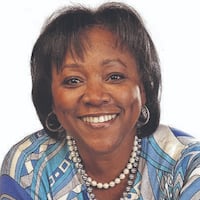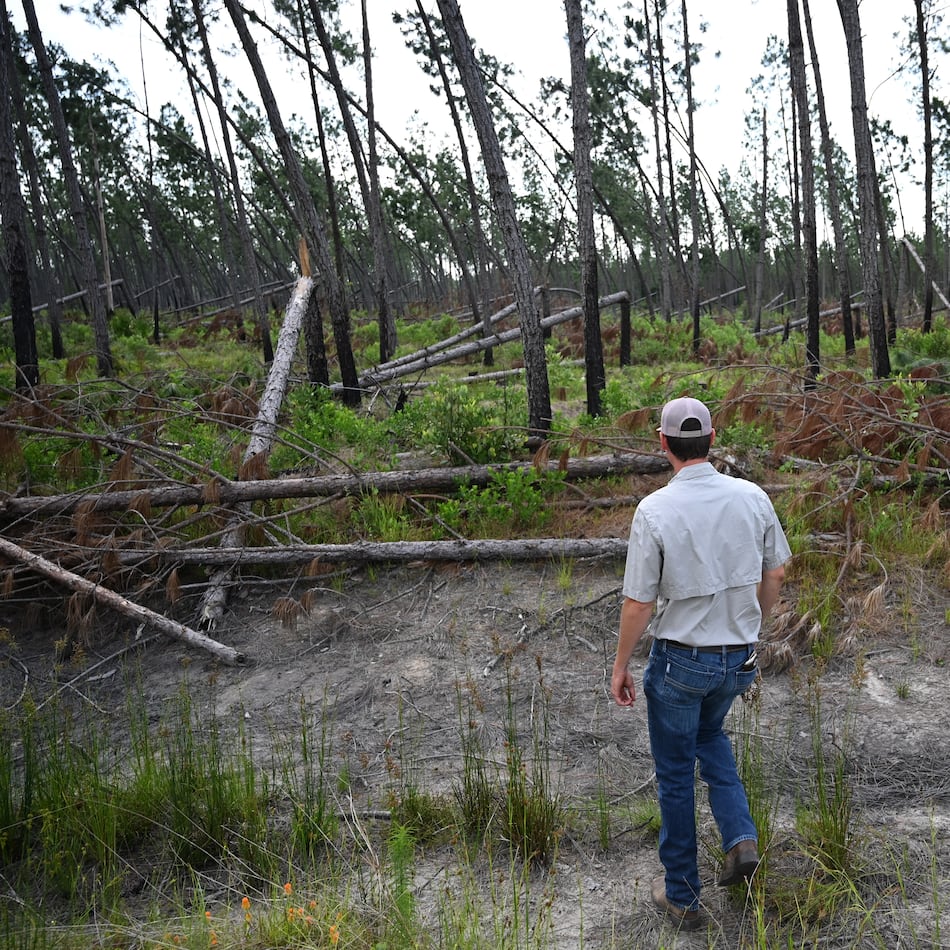At exactly 10:30 a.m. the other day, the infants in room 224 at the Weinstein School settled down for wheat crackers and milk.
If they wanted more, they held both hands in front of their chests and tapped their fingertips together. If they didn’t, they raised their arms and shook both hands in the air signaling “all done.”
Eat. More. Please. Teaching a limited vocabulary of American Sign Language -- once reserved for those with hearing impairments -- to infants and toddlers has quickly become popular in homes and child care centers across metro Atlanta and the country as a way to communicate before children speak well.
“It’s taken some of the guesswork out and made my life a whole lot easier,” said Michelle Dishner, whose 14-month-old son Jace attends the Weinstein School in Dunwoody. “He knows the sign for eat. He knows the sign for milk. He tells me when he’s done eating.”
It might not sound like much but it can mean the difference between a tantrum and tranquility.
And not just that. Helping children to say with their hands what they can't yet say with their mouths, parents and teacher believe, also builds vocabulary and increases the bond between parent and child.
Local efforts are part of a national trend that dates back to 1982 when Linda Acredolo and Susan Goodwyn noticed that babies between 10 and 24 months old spontaneously used simple gestures to represent words.
They might sniff for "flower," pant for "dog," or flap their arms for "bird." What would happen, they wondered, if parents just helped the process along?
Thus began the Baby Signs Program, a language using simple signs to communicate important needs, cautions and feelings -- hunger and thirst, hot and cold, fear and sadness -- often a full year before infants know how to talk.
“When Susan and I stop to reflect that this whole movement grew out of a single observation I made of my 12-month-old daughter spontaneously creating a sign back in 1982 we are both amazed,” said Acredolo, professor emeritus of psychology at the University of California, Davis, and co-founder of the program.
When they first published “Baby Signs: How to Talk with Your Baby Before Your Baby Can Talk” in 1996, it was a new idea. Now, a search on Amazon for “Baby sign language books” yields 202 titles.
Acredolo recommends using sign to communicate with infants any time from 6 months on although the younger the baby, the longer it will be before he will begin signing back.
Through two decades of research, much of it funded by the National Institutes of Health, the program has shown dramatic benefits.
"Using sign language promotes the development of enhanced language skills and increased vocabularies, the development of fine motor skills, and improved self-esteem," said Mary Zurn, vice president of education and professional development at Primrose. "Research has shown that by age 2, young signers can have an average of 50 more spoken words than non-signers."
Primrose Schools, she said, has incorporated sign language since 2004 in all infant and toddler classrooms—including at 40-plus metro Atlanta locations.
The Marcus Jewish Community Center of Atlanta formally introduced Baby Sign Language at both of its campuses, the Weinstein School and The Sunshine School in East Cobb, two weeks ago, said Kim Sucan, the center's new curriculum coordinator.
Sign language is also taught at other metro Atlanta child care centers, including the City of Hope’s child development center at Hopewell Missionary Baptist Church and Legacy Academy.
“Baby sign is part of our children’s daily routine,” said Denise Isaza-Tobon, who two years ago introduced the curriculum at Legacy Academy. “When the babies start to communicate, there’s less frustrations and it boosts their self-esteem.
Isaza-Tobon, owner of the Norcross franchise, said she was intrigued when she read about the benefits of signing with babies and “felt that if we gave them a start with communications skills before they could talk we’d be ahead of the game.”
Although there are several programs on the market, Isaza-Tobon said she chose the Baby Signs Program because it offers, among other things, books, videos and cards to help teach children.
Sucan said the idea for the signing lessons originated with the Marcus center’s teachers who went through a class with Polly Raike, a trainer for Sign2me, this summer.
When she became a trainer for the program four years ago, Raike was one of only three in Georgia and the only one in the state of Alabama. Today, a dozen Georgia instructors are listed on the Sign2Me website.
“The Weinstein School was the first program in Atlanta that I have trained but I have trained multiple sites and providers around our local area, here in Columbus,” she said.
Teachers in Room 224 are already seeing less crying in their classrooms because the babies can tell them, for example, when they are hungry or would like some milk.
“The teachers are loving it because they find it easier to communicate with kids,” Sucan said. “I anticipate that as their communication skills increase there will be less aggressive behavior like biting.”
Dishner, an occupational therapist who also signs with her clients, said she was excited when teachers began signing with Jace at the Weinstein School.
“They tell me what they’re teaching him and I follow through at home,” she said. “They’ve done a really good job with him. He’s even learning manners, how to say ‘please' and ‘thank you.'”
About the Author
Keep Reading
The Latest
Featured


